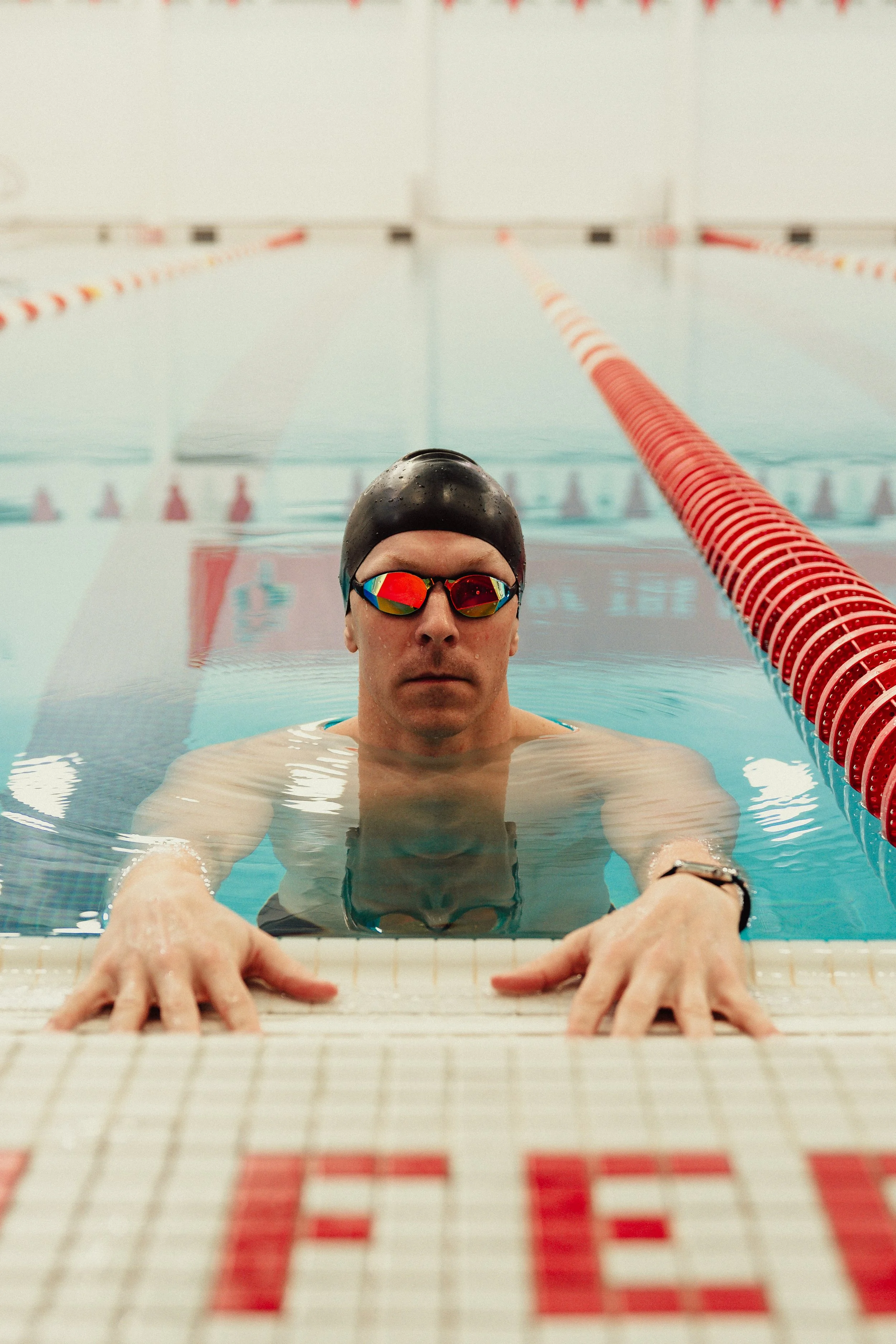What to Do If You Get a Cramp While Swimming
/Cramps during swimming can stop your workout cold—but they don’t have to. Whether you struggle with foot cramps while swimming, calf cramps, or sudden toe spasms, this guide breaks down the causes and gives you practical, proven strategies to stop them. Learn what to do if a cramp strikes mid-swim, how to strengthen the right muscles on land, and how to boost mobility for smoother performance. Plus, watch two videos with exercises and foam rolling techniques to help you stay strong, mobile, and cramp-free in the water.
Read More








